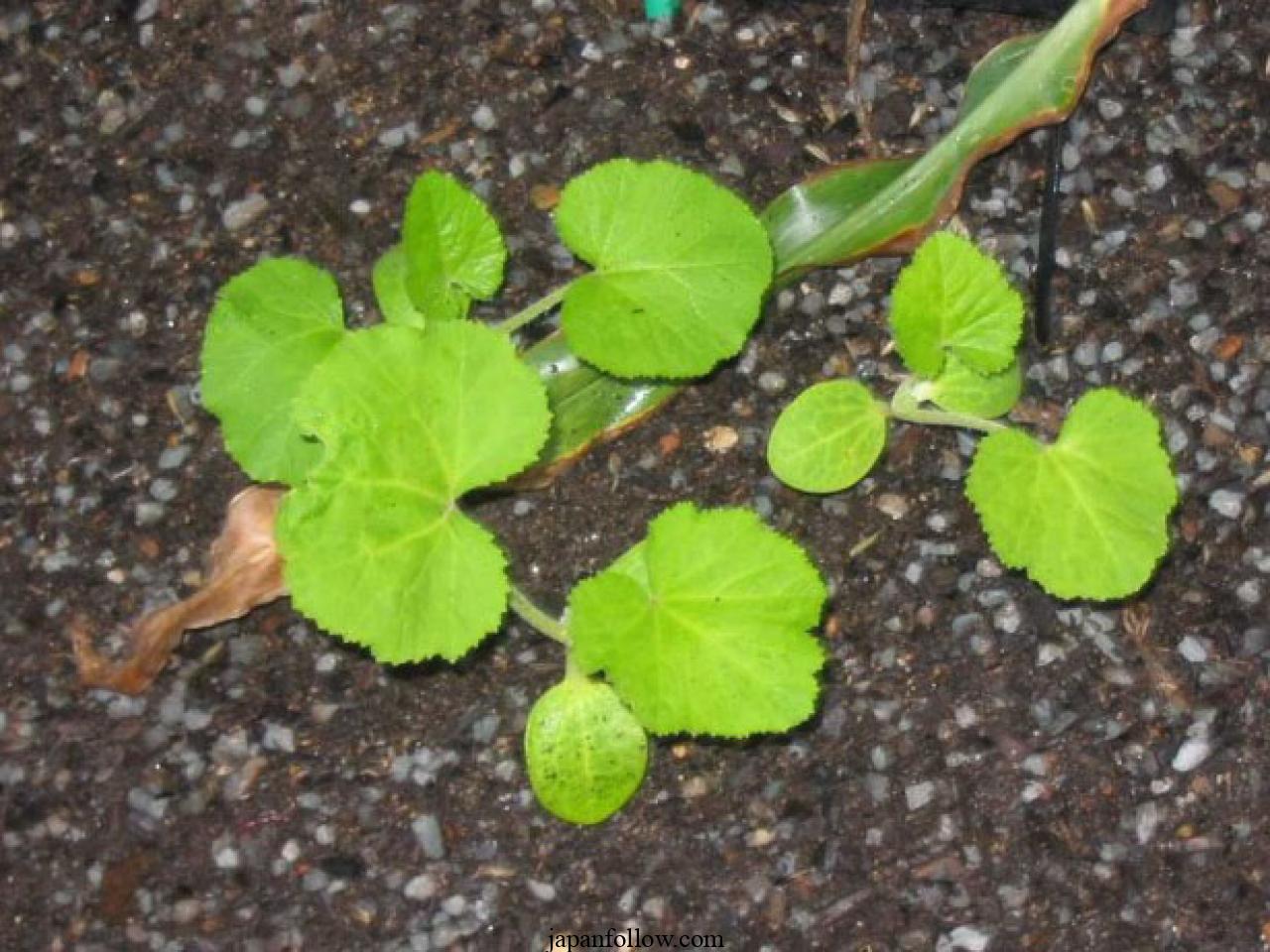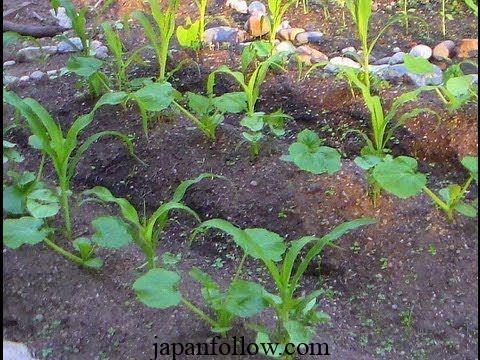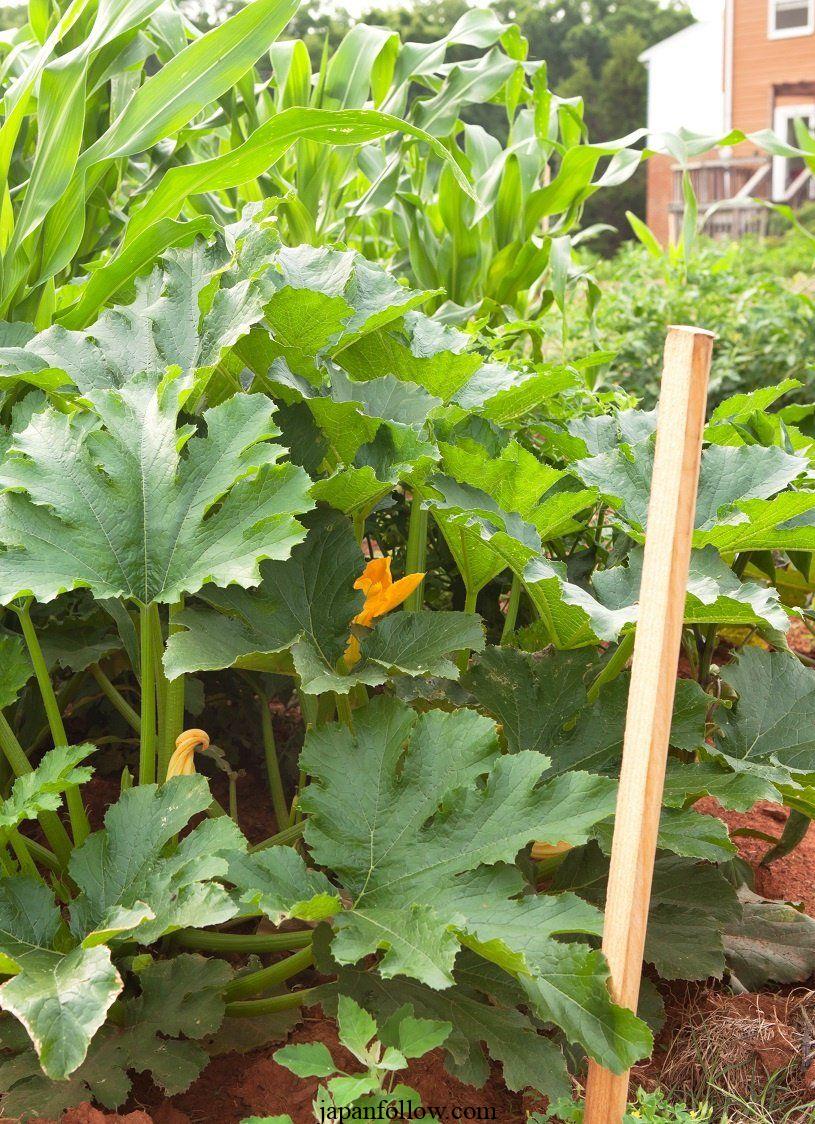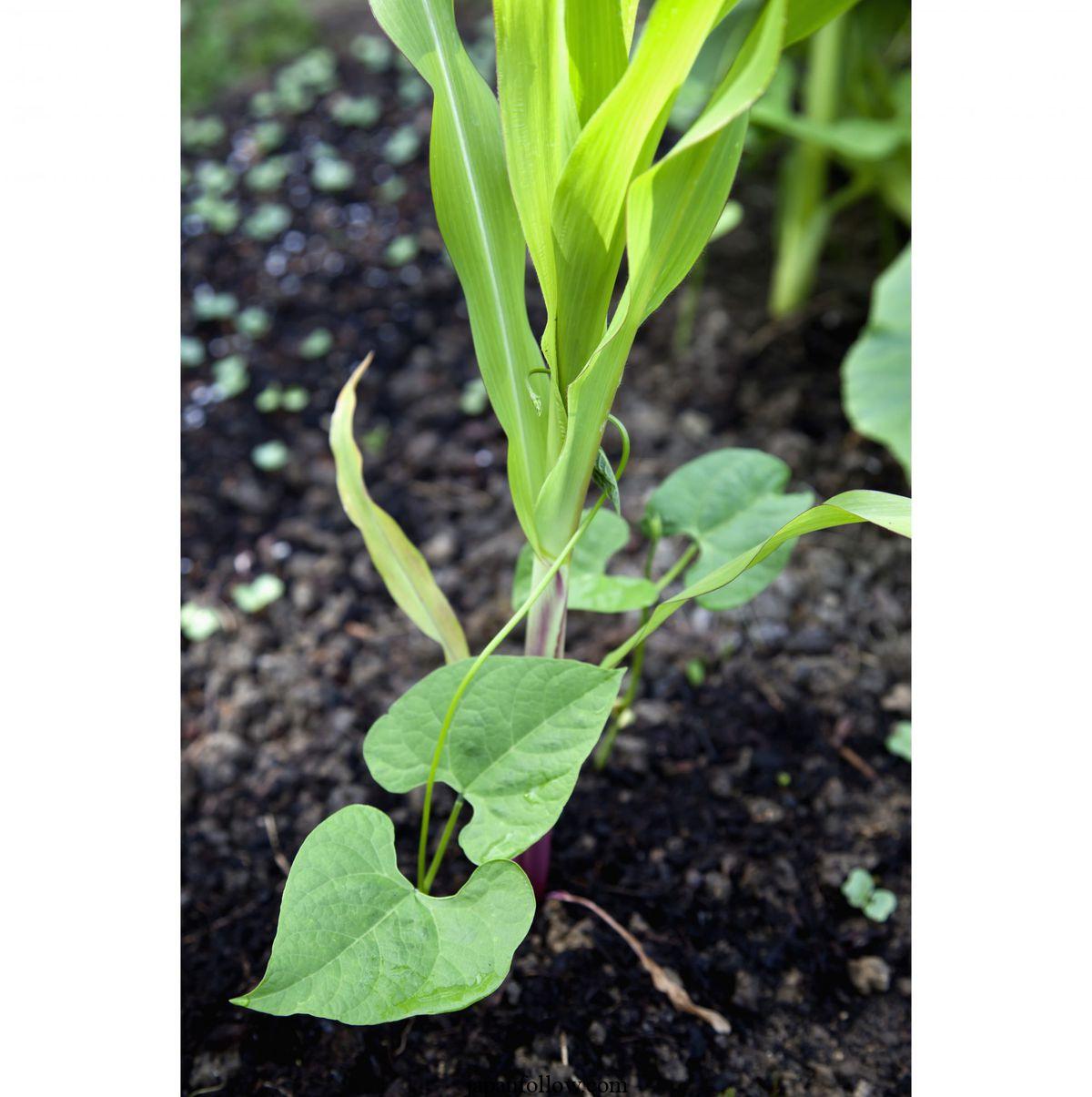How to Plant a Three Sisters Garden: The Original Companion Plants
How to Plant a Three Sisters Garden: The Original Companion Plants In this comprehensive guide, we will walk you through the intricacies of creating a Three Sisters Garden, which harks back to ancient Native American agricultural practices. A Three Sisters Garden is a harmonious, sustainable gardening technique that combines three essential crops: corn, beans, and […]
How to Plant a Three Sisters Garden: The Original Companion Plants
In this comprehensive guide, we will walk you through the intricacies of creating a Three Sisters Garden, which harks back to ancient Native American agricultural practices. A Three Sisters Garden is a harmonious, sustainable gardening technique that combines three essential crops: corn, beans, and squash. The synergy between these crops creates a self-sustaining ecosystem that maximizes yields and minimizes the need for external inputs. Let’s delve into the details and learn how to create your very own Three Sisters Garden.
Understanding the Three Sisters Concept
The Three Sisters Garden is a method that has been utilized by indigenous peoples for centuries. It’s built on the idea of companion planting, where each crop plays a unique role in supporting the others.
Corn: The Backbone of the Garden
Corn is the backbone of a Three Sisters Garden. It serves as the structural element, providing support for the climbing bean vines. When planted, the tall cornstalks create a natural trellis for the beans to climb, maximizing space and sunlight.
Beans: The Nitrogen Fixers
Beans are an integral part of the Three Sisters trio. They are excellent nitrogen fixers, meaning they convert atmospheric nitrogen into a form that other plants can use. This benefits not only the beans themselves but also the corn and squash, which require nitrogen to grow. In return, the corn provides the necessary support for the bean vines to thrive.
Squash: Natural Ground Cover
Squash plants play a crucial role by acting as natural ground cover. Their broad leaves shade the soil, preventing excessive weed growth and moisture evaporation. This shade also helps keep the soil temperature consistent, which is ideal for the corn and beans.
Preparing Your Three Sisters Garden

Now that you understand the roles of each crop, it’s time to get your hands dirty and create your Three Sisters Garden. Here’s a step-by-step guide:
Choosing the Right Location
Select a sunny spot for your garden as all three sisters require plenty of sunlight. Make sure the area has well-draining soil to prevent waterlogged roots.
Soil Preparation
Prepare your soil by tilling it and adding organic matter like compost. This will ensure your crops have the nutrients they need to thrive.
Planting Corn
Plant corn seeds in small hills or mounds to aid with drainage. Space the mounds about 3-4 feet apart, as corn requires room to grow.
Planting Beans
Plant beans around the base of each corn mound. They will naturally climb the cornstalks as they grow. This synergy helps conserve space in the garden.
Planting Squash
Finally, plant squash seeds in the spaces between the mounds. Their large leaves will cover the ground and prevent weeds from taking over.
Caring for Your Three Sisters Garden

Maintaining a healthy Three Sisters Garden requires attention to detail and some specific care practices.
Watering
Keep your garden well-watered, ensuring the soil remains consistently moist, but not waterlogged. Avoid overhead watering to prevent fungal diseases.
Weeding
Regularly weed your garden to prevent unwanted plants from competing with the Three Sisters. The squash’s large leaves should help with weed control.
Pest Management
Monitor for pests and use natural or organic pest control methods to protect your crops.
Harvesting
Harvest your crops when they are ready. Corn should be picked when the kernels are plump and milky, beans when they are tender, and squash when they are mature.
The Three Sisters Garden and Sustainability

One of the significant benefits of the Three Sisters Garden is its sustainability. This ancient farming method exemplifies how companion planting can reduce the need for chemical fertilizers and pesticides. The natural support system between the crops creates a balanced ecosystem, promoting healthy plant growth.
As you cultivate your Three Sisters Garden, you not only grow your own food but also contribute to sustainable agriculture practices. Plus, the synergy between corn, beans, and squash can be visually striking and a delight to watch as your garden thrives.
FAQ

Q1: What are the benefits of a Three Sisters Garden?
A1: A Three Sisters Garden promotes sustainability by reducing the need for external inputs like fertilizers and pesticides. It also maximizes space and sunlight while producing a diverse range of crops.
Q2: Can I use different varieties of corn, beans, and squash in my garden?
A2: Yes, you can experiment with various cultivars as long as they have similar growth patterns and maturity times. However, traditional varieties are recommended for an authentic Three Sisters Garden.
Q3: How do I prevent pests in my Three Sisters Garden?
A3: Implement natural pest control methods like companion planting with marigolds or using neem oil spray. Regularly inspect your garden for signs of pests and act promptly.
Q4: When is the best time to harvest the crops in a Three Sisters Garden?
A4: Harvest corn when the kernels are plump and milky, beans when they are tender, and squash when they are mature. Check individual varieties for specific maturity indicators.
tag
- chicken feed
- how to Keep Chickens Off Your Porch
- How to grow oyster mushrooms at home
- Growing Kale in Pots









